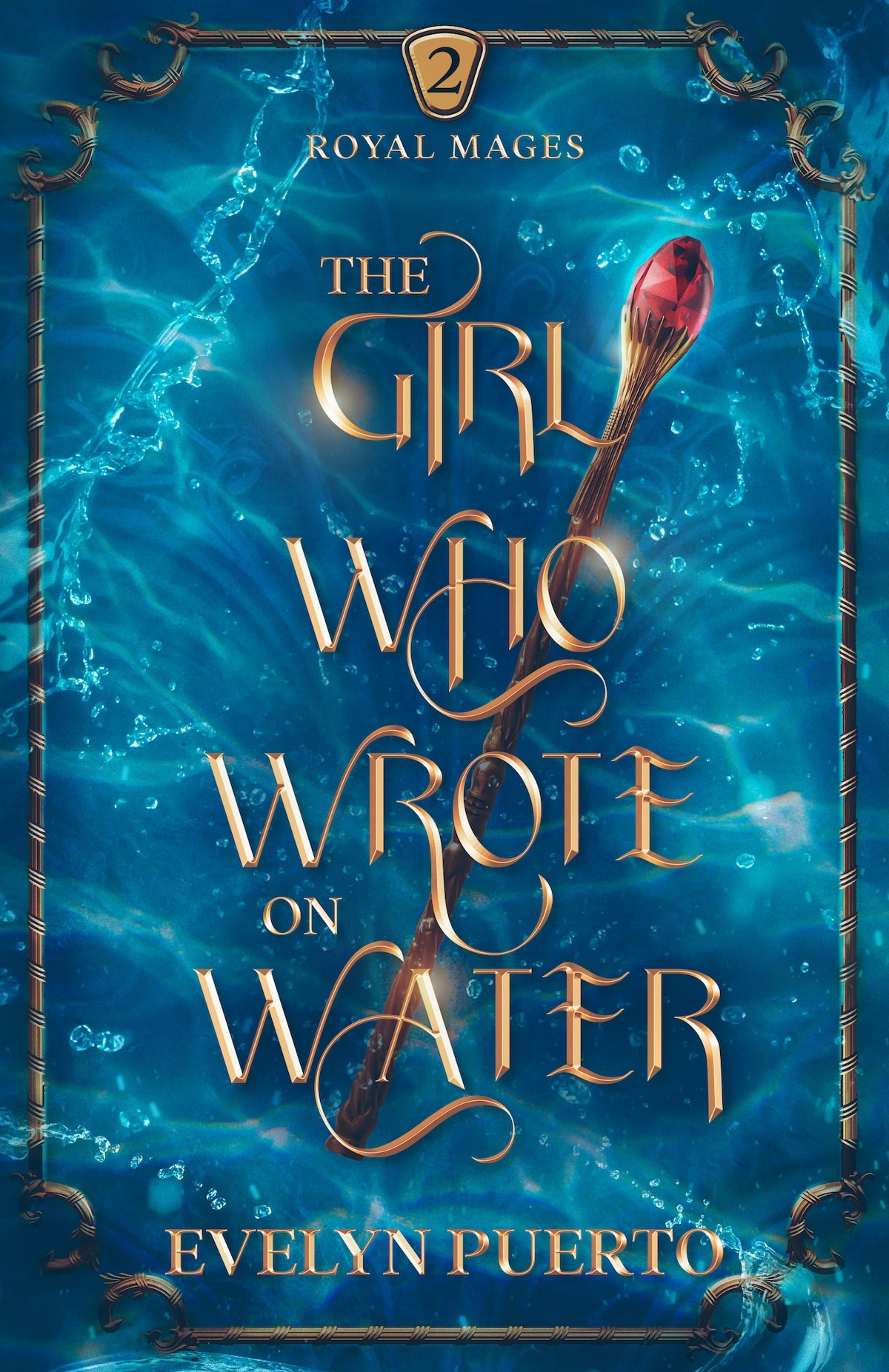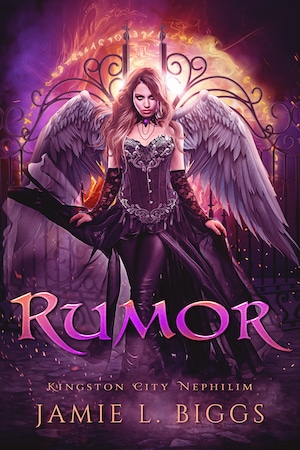A Write Practice reader and I recently got into a discussion about head hopping, which is when you switch from one character's thoughts to another in the middle of the action. It is generally known as an editor's pet-peeve, but my friend wasn't having it. “I do see it in some pop fiction,” she said, “and don't find it distracting. Part of me still wonders why it's so taboo. Feels like a dumb rule to me.”
It's taboo because writers, editors, and readers have found when the narrator switches from one character's thoughts to another's too quickly, it jars the reader and breaks the intimacy with the scene's main character.
Also, it's good to give readers ground rules—such as a consistent point of view—for how the storytelling will work, and if we break those ground rules, we can lose the reader's trust.
Head Hopping Done Right
However, to answer my friend's concerns, I will say this: there is good head hopping and bad head hopping. For example, in The Old Man and the Sea, Hemingway frequently commits this so-called taboo. Here are a few lines from the first chapter:
He was an old man who fished alone in a skiff in the Gulf Stream and he had gone eighty-four days now without taking a fish.
It made the boy sad to see the old man come in each day with his skiff empty and he always went down to help him carry either the coiled lines or the gaff and harpoon and the sail that was furled around the mast.
The old man had taught the boy to fish and the boy loved him.
Others, of the older fisherman, looked at him and were sad. But they did not show it and they spoke politely about the current and the depths they had drifted their lines at and the steady good weather and of what they had seen.
“Yes,” the old man said. He was holding his glass and thinking of man years ago.
Do you see how the narrator hops from the thoughts of one character or even groups of characters to another? Some might mistakenly call this head hopping. However, this is actually an example third-person omniscient point of view. Hemingway's omniscient narrator can peer into anyone's mind at will, as opposed to a third-person limited narrator, who would be confined to the thoughts of one character per scene.
This is why Hemingway technically isn't breaking the rules in The Old Man and the Sea. More importantly, though, it doesn't break the spirit of the rule because this narration doesn't seem awkward or jarring. The narrator is firmly in control of the scene. We aren't actually in any of these character's heads. We're in the narrator's, and he is taking us on a tour through the thoughts and feelings of the characters.
If, on the other hand, Hemingway was using third-person limited, he would have to put in a line break that would look something this:
***
This divider separates the flow of the narrative and warns the reader a major change is coming up.
The ONE Rule to Hop Heads like Hemingway
If you'd like to use third-person omniscient point of view, you need to follow one very important rule:
Establish the point of view within the first two paragraphs.
For example, we've already shared the two most important lines regarding point of view in The Old Man and the Sea. These happen in the first paragraph:
He was an old man who fished alone in a skiff in the Gulf Stream and he had gone eighty-four days now without taking a fish.
It made the boy sad to see the old man come in each day with his skiff empty and he always went down to help him carry either the coiled lines or the gaff and harpoon and the sail that was furled around the mast.
These lines show us:
- The narrator knows a lot, maybe everything, about the old man.
- The narrator knows everything about the boy, including his thoughts and all his actions.
If we were in third-person limited omniscience, Hemingway would use a line break (which would be very strange in the first paragraph of a novel). Instead, he's making it clear in the very first paragraph he is using an omniscient narrator.
What do you think about head hopping? Is it as taboo as everyone says it is? Are there, in fact, any exceptions at all?
PRACTICE
To practice understanding viewpoint, go through several of your favorite novels and read the first two paragraphs. Is the author using third-person limited or third-person omniscient (they could, of course, be writing in the first-person, but let's just ignore those books for now).
Make a list of the novels that use a limited or omniscient narrator. Also, take some notes about how they establish the viewpoint early on.
Finally, post your list in the comments section so you can help us understand viewpoint better.
Have fun reading!
Joe Bunting is an author and the leader of The Write Practice community. He is also the author of the new book Crowdsourcing Paris, a real life adventure story set in France. It was a #1 New Release on Amazon. Follow him on Instagram (@jhbunting).
Want best-seller coaching? Book Joe here.




In “We can’t go home again”, by Max Andrew Dubinsky there’s a short story called “Things just fall apart”, and in it the third person is used, but it’s not like typical omnipotent. Only the thoughts of the two central characters are used and it goes back and forth as one lover thinks about the other or about a shared event. I’m not making this very clear at all, but when reading it I was struck by the way he uses the “no no” of head hopping to show how their affair works. It’s like each head is contributing just exactly what they need to to this short and beautiful love story. It also jumps around time wise, with flashbacks in a way that is not usually considered “correct”, but I love the story because he does these things so well that it seems like if he didn’t break “the rules”, the story just would not have been tellable. The affair itself is jumbled and unruly. It’s worth reading it just to see how a great writer can break rules and make it work. There is a well know, and highly respected short story writer Lydia Davis who wrote a short story called “Break it Down”. In it she changes from third, to second, to first person POV and makes it work. It’s another one that just wouldn’t be the same story if the rule hadn’t been broken. That being said, both of those writers are masters and can break the rules brilliantly. I wouldn’t even think about doing it myself, and I do hate to be jarred by a change in POV when I’m getting into a story. It is usually not good.
I read somewhere that the omnipotent point of view was used more in the past like in Dickens, “A Tale of Two Cities”, and now it is not popular to do use more than one head. I just scanned “A Visit from the Goon Squad” by Eagans and it looks like she uses omnipotent but is “closer” to her characters than Dickens. With her we are right there with the person seeing what they see and understanding what they think but in Dickens it’s like we’re with a bird who is looking down on the whole world or at least all of Europe. In Eagan’s book we are first in the head of Sasha in the restaurant and on a walk home, but once in the apartment and when the second chapter starts we switch to Alex’s head. It’s very smooth. In a Tale of Two Cities of course it’s just a disembodied narrator who is talking to us. They seem to be looking at Europe from a distance and even when it gets closer to the main characters there is more distance than there is in Eagans book.
Great analysis, Marianne. Very true. I think there was a big shift in the 20s, during the era of Heminway, Faulkner, Woolf, and Fitzgerald. Writers were trying to get closer and closer to their characters and their actions, almost like a precursor to film, an attempt to show life as it really was. I don’t know this for sure, but it would make sense that this is where our shift toward a more limited, and therefore immediate and realistic, narrator came from. What do you think?
I agree, that makes sense. A close third person is like having someone who’s watched a movie tell about it. It’s much more immediate than a distant omnipotent narrator, so we feel “included”. It also doesn’t lend itself to pat endings, and preachy stories, or fables, like the more distant omnipotent narrator can.
Wow great point. Almost as if the omniscient narrator’s distance creates some need to over explain. I just read this story by Wendell Berry where he starts out as this kind of narrator: very removed, a little preachy, everything was summarized. I was so bored! And then, all of a sudden he was two-inches from his protagonist and he told this story of a single day. It was incredible. The mix of the two distances brought so much power to the story. I didn’t know that’s what it was, though, until just now.
I’m glad to see the omni 3rd and head hopping issue addressed. I’m writing omni 3rd and sometimes people accuse me of head hopping like I’ve broken a rule. But omni 3rd allows and encourage head hopping. Why are others so thrown by this?
Good question, Dwight. I don’t know. I wonder if 3rd person omniscient is getting rarer. It seems to me the most popular books these days are 3rd person limited.
Great example. I agree that it’s effective.
Maybe I’m not a purist, but I find head hopping a powerful tool (when used wisely) to keep your reader’s attention. It can be a useful mechanism to avoid manotony.
Interesting. How do you think it avoids monotony?
I happen to love fantasy and frequently it is written in third person omniscient. I also like holding all the reigns and being all knowing. I tend to write this way. Am I correct? I haven’t had anyone whose read my manuscripts complain with the exception of my writing group who constantly discuss this.
As long as you establish it at the beginning and do it consistently, you’re good. Sometimes writer’s groups can get a bit too concerned about head hopping, especially as most contemporary novels are either first person or third person limited. We just don’t see third person omniscient as much these days, so it can throw people off.
Maybe this is harder than I thought it was.
I have “One Day in the Life of Ivan Denisovich” by Alexander Solzhenitsyn open in front of me. I’d venture to say that the novel is written in third person omniscient, although most of the action centers around the character Shukhov. The author on the first page gives the warden’s thoughts about bell ringing, and then goes into the main character’s thoughts about the barracks not being opened up on this particular morning. not to mention that there is also a bit of second person thrown in for good measure.
Example: “The ringing noise came faintly on and off through the windowpanes covered with ice more than an inch thick, and died away fast. It was cold and the warder didn’t feel feel like going on banging.”
Then in the third paragraph (and not without a break between paragraphs): “He (Shukhov) didn’t know why but nobody’d come to open up the barracks. And you couldn’t hear the orderlies hoisting the latrine tank on the poles to carry it out.”
I didn’t find this distracting. The author made it clear who’s head he was in, even if there wasn’t a break indicating the head-hopping.
I have a few other books out: The House of Mirth and The Secret Garden, both third person omniscient.
“A Door in the Wall” by Marguerite de Angeli is third person limited. The author gives the thoughts of the main character, Robin, about the ringing of church bells, as well as “as far back as he could remember” bit of back story.
So that’s what I’ve got for now. Just from observation, it seems that older books are more third person omniscient.
Very true, Casey. Good eye. “Classic” novels are generally omniscient. Tolstoy, Dostoyevsky, and Jane Austen were all about the omniscient narrator.
This is something I worry about. A lot. Editors have called me on it more than once. The first editor wanted me to be in everyone’s head, but her rule was–no less than 3 paragraphs per head. That rule was hard to follow.
So I focus on this when I read, and in the last six months I have seen head jumping in the same paragarph by at least two authors. This technique caused me no problems in conprehension. I’m out of town so I don’t have my books with me to cite examples, but I will be very interested to see people’s lists.
Interesting rule. 3 paragraphs per head. That’s certainly one way to manage it.
I recently attempted to read a contemporary novel that head hopped a lot. After about four chapters, I couldn’t take it any more and skimmed to the end. I never cared about any of the characters. I never felt any tension or urgency to the story, either, and, considering the setting, that should’ve been a gimme.
Mmm… right. Good call. Head hopping can give away answers too fast. When you have to sit through one character’s thoughts, you wonder what’s going to happen and you feel their pain. What novel was it?
How about George R.R. Martin’s fantasy epic? A song of ice and fire. Is he head hopping there? Basically what he does is in every chapter the point of view shifts to a different character. One chapter’s point of view is Eddard’s while the chapter after that is through the point of view of Tyrion’s. That’s head hopping right?
No that would be strict third-person limited. When you switch perspective at a chapter or page break, it’s not considered head hopping. Head hopping is only a problem when you jump in the middle of a scene or paragraph.
Oh. Ok. Thanks Joe 🙂
No problem 🙂
When I write “A and B were in love” or “C was sad”, I’m only describing what is obvious to an observer in an economical fashion, without dialogue and body language. I’m not entering heads.
This is telling, not showing.
I realize I am a bit late too the party here, but this article touched close to home for me. I had been accused of head hopping by my ex-critique group, and had tried to rationalize that I never truly told the story from a single character’s point of view. Not only did I have at least three or four main characters, I was always clearly outside of their heads and only exposed what they were thinking, I didn’t think it for them. If only I had been armed with this article at that time.
Oh well said…I would think head hopping would represent the omniscient pov as you knew what each character was thinking. I’ve never honestly noticed it in a story myself so does that make me ignorant or simply a reader interested in the story?
Do you know, until I started writing, I never really thought about this. 🙂 Perhaps a lot of readers don’t either.
Okay, maybe I have an entirely different perspective on this, but it seems to me that “head-hopping” is no different than a conversation. We have no difficulty whatsoever in keeping track of two or more people having a dialogue in a story, so why should that be any different to keep track of those same characters’ POV for their internal dialogues? Assuming, of course, that each participant is clearly identified in some manner.
I used to do layout in the publishing business. Layout is full of dos and don’ts that supposedly affect readability. Some of these rules are obvious and intuitive, but many aren’t. Nobody could ever tell me where the esoteric rules came from or show proof of their validity so they’re apparently arbitrary–a way to make a simple skill more arcane so that the pros who “know the rules” can sneer at the amateurs who don’t. Yes, omniscient point of view can be done jarringly and badly, like any other technique that’s poorly implemented. To declare it universally bad smacks of indoctrination, though.
I’m a little confused by the ‘one rule to use Omniscient’ part. Do you need to have two characters to do this? or can you have a character and an object, or just two objects?
Do you have to renew omniscience every 100-200 words or so to keep the reader from falling into ‘third person limited’ mode? do you have to renew it at all? or can you establish omniscience at the beginning, follow a character for 400 words, then briefly switch to another? or do you have to keep the ‘chain’ going?